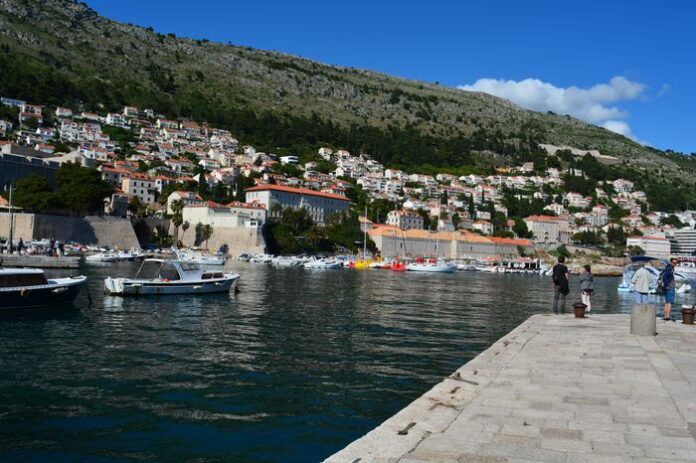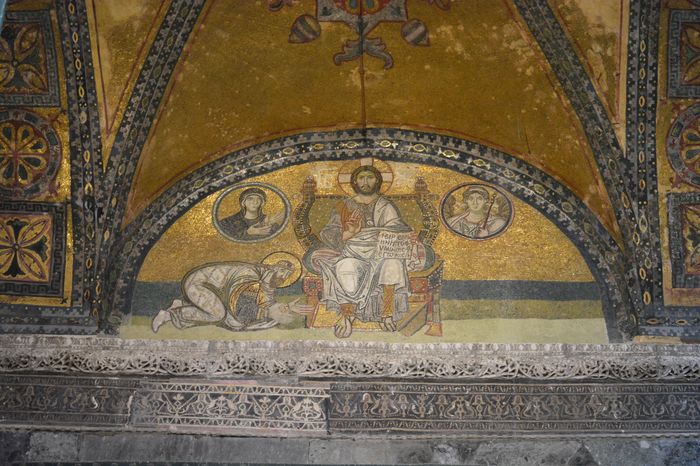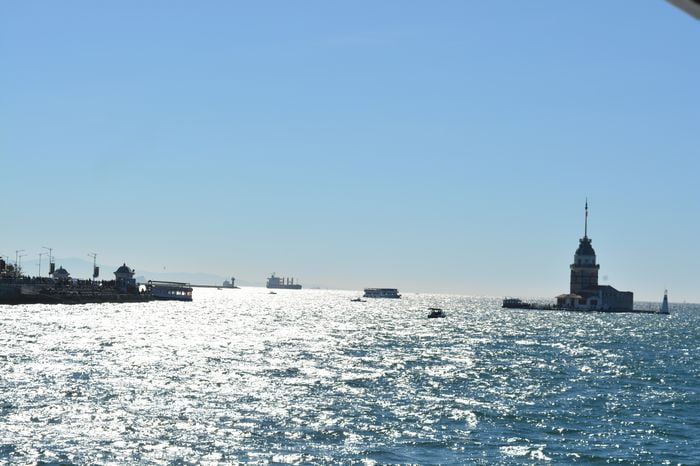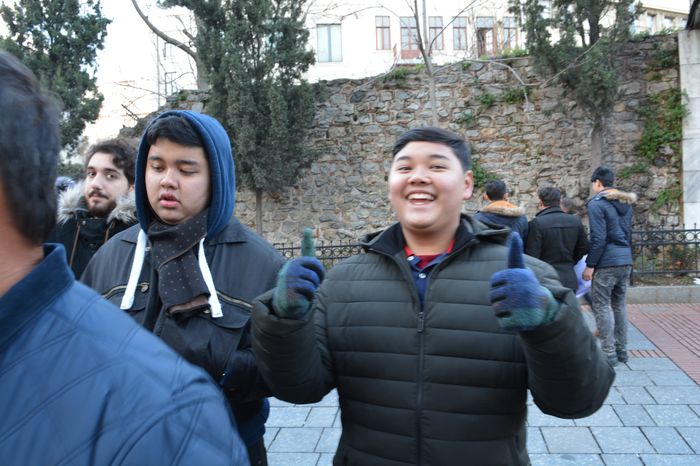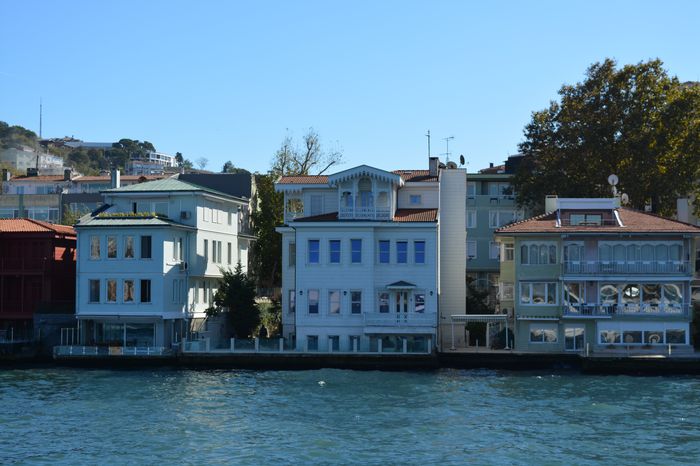A Site of Many Battles
The Gate of Charisius was a significant location in the history of Constantinople, and many important events took place there. Various rulers attempted to regain or defend their thrones, and the gate was involved in several critical battles.
Attempts to Regain the Throne
The first major event occurred in 705 when Justinian II. and his allies attempted to reclaim his throne. Later, in 1185, Alexius Branas made an attempt against Isaac Angelus. The Comneni family also used the gate in 1081 to enter the city by bribing the German guards (Nemitzi). They overthrew Nicephorus Botoniates, taking control of the Byzantine Empire Customized Daily Sofia Tours.
Struggles and Political Moves
In 1206, after the Latins captured the city, a conflict broke out with Joannicus, the King of Bulgaria. Bulgarian troops raided the Gate of St. Romanus and the nearby area. Later, in 1328, the gate was opened to Andronicus III. by two supporters who got the guards drunk. They helped Andronicus’ soldiers scale the walls with rope ladders, allowing him to enter the city The Gate of Charisius and the Mesoteichion.
In 1379, John VI. Palaeologus and his son Manuel escaped from the prison of Anemas and entered the city through the Gate of Charisius. They made an agreement with Sultan Bajazet and forced Andronicus IV to leave the throne, which he had taken unlawfully.
The First Turkish Attacks on the Walls
However, the most significant and fierce attacks on this part of the walls came from the Turks, particularly during their sieges of the city. In 1422, Sultan Murad used cannon for the first time to attack the fortifications of Constantinople. His artillery targeted an old half-ruined tower near the Lycus River. Despite the new power of the cannon, Byzantine masonry proved to be very strong. The cannonballs hit the tower seventy times but caused no damage.
The Siege of 1453 and Heroic Defenders
The most famous attack on the Gate of Charisius happened during the siege of 1453, when Sultan Mehmed II (also known as Mehmed the Conqueror) laid siege to the city. He brought his best soldiers and the heaviest artillery. His tent was set up about half a mile west of the Gate of St. Romanus.
During this siege, the Emperor Constantine XI defended the Murus Bacchatareus, with 400 Genoese soldiers led by Giustiniani. Giustiniani and his men fought bravely to protect the walls, determined to defend Christianity and the honor of the Byzantine Empire.
The Myriandrion area, located near the gate, was defended by three brothers—Paul, Antony, and Troilus. These defenders fought with great courage, earning comparisons to the legendary Roman hero Horatius Cocles, who bravely held off enemies to protect Rome.
A Legacy of Struggle and Courage
The Gate of Charisius became a symbol of both defiance and desperation. From political battles and regains of power to fierce sieges by the Turks, this entrance was a key location in the defense of Constantinople. It was a place where the courage of the defenders and the strength of the walls were tested to their limits, especially during the siege of 1453, which marked the fall of the Byzantine Empire.
